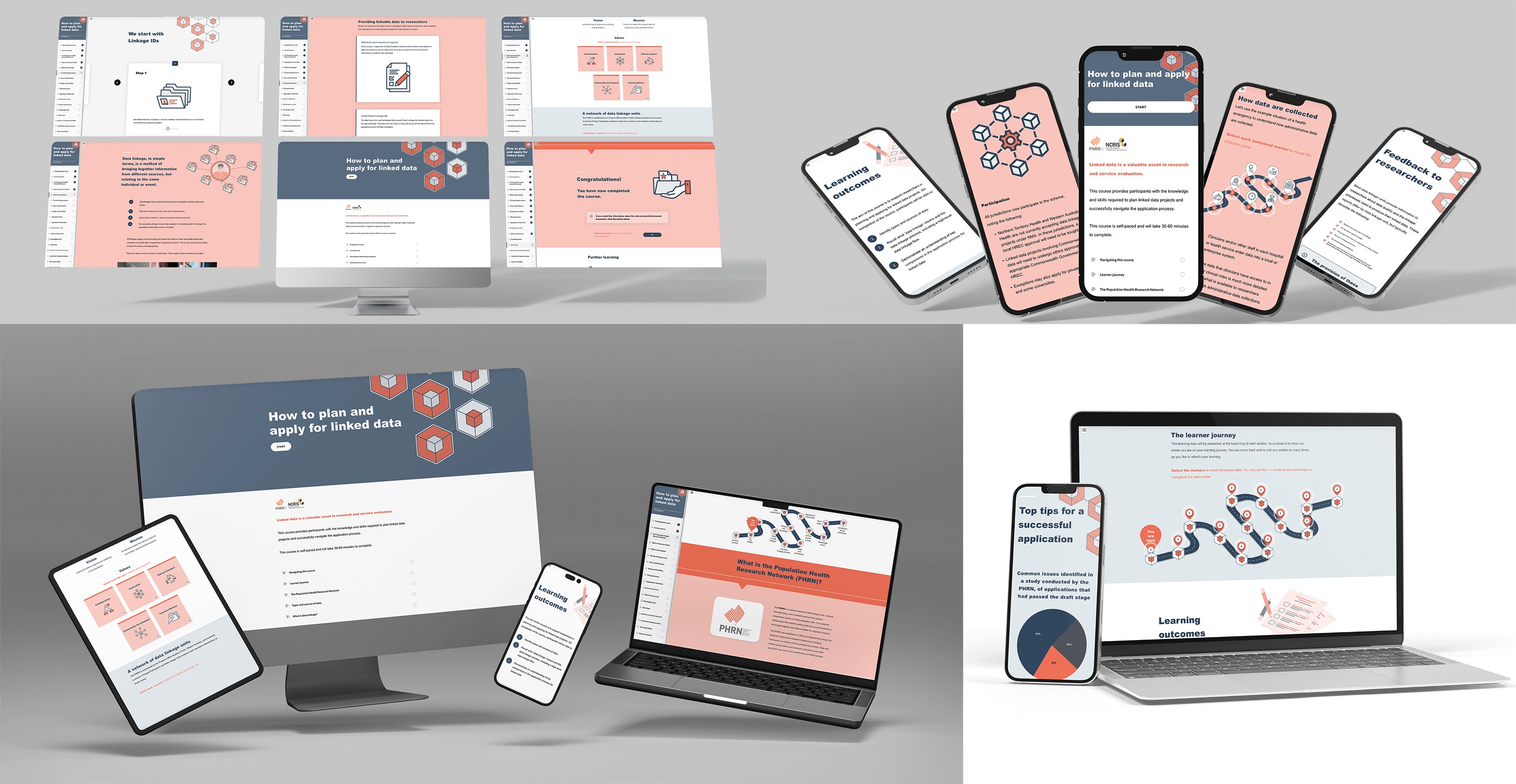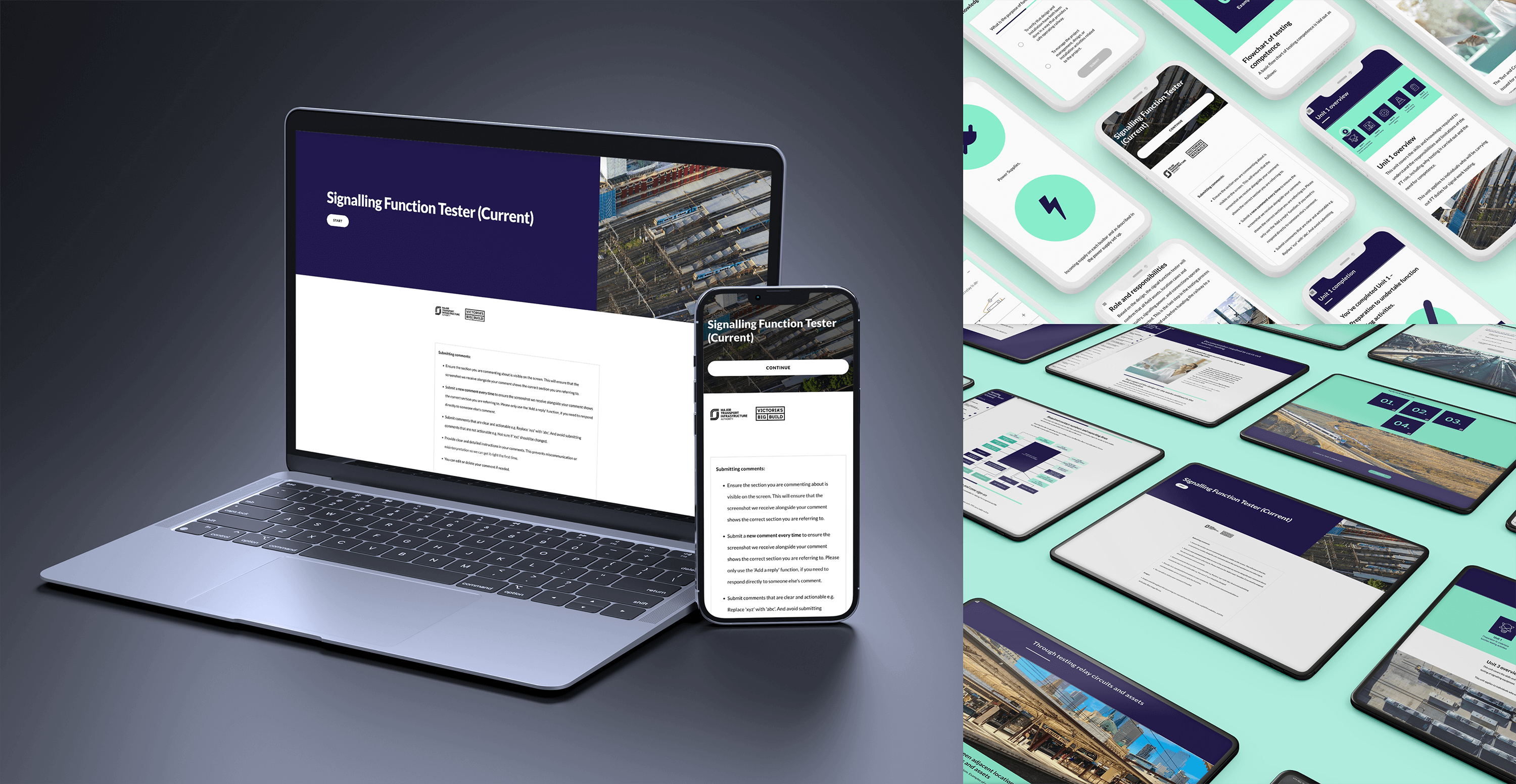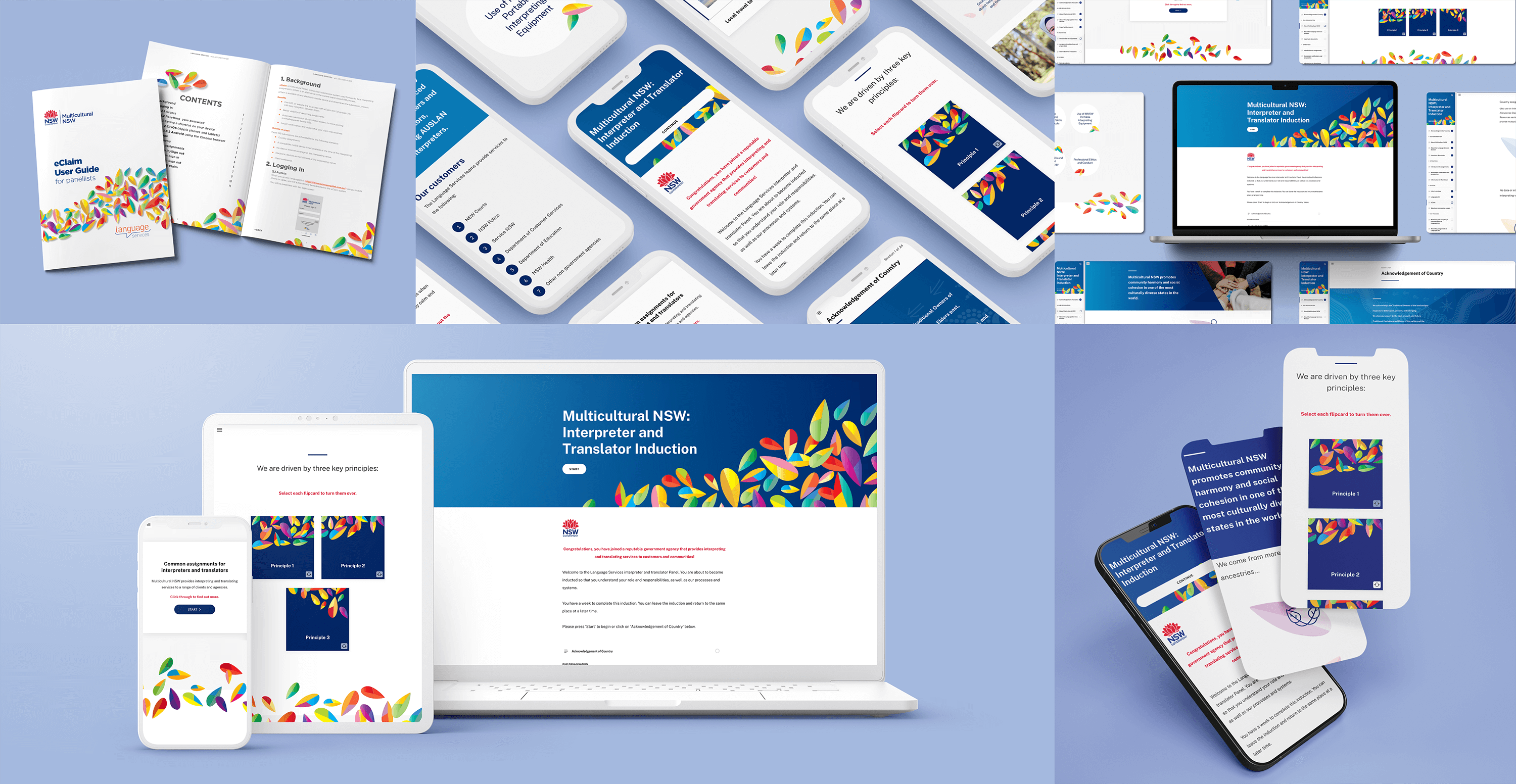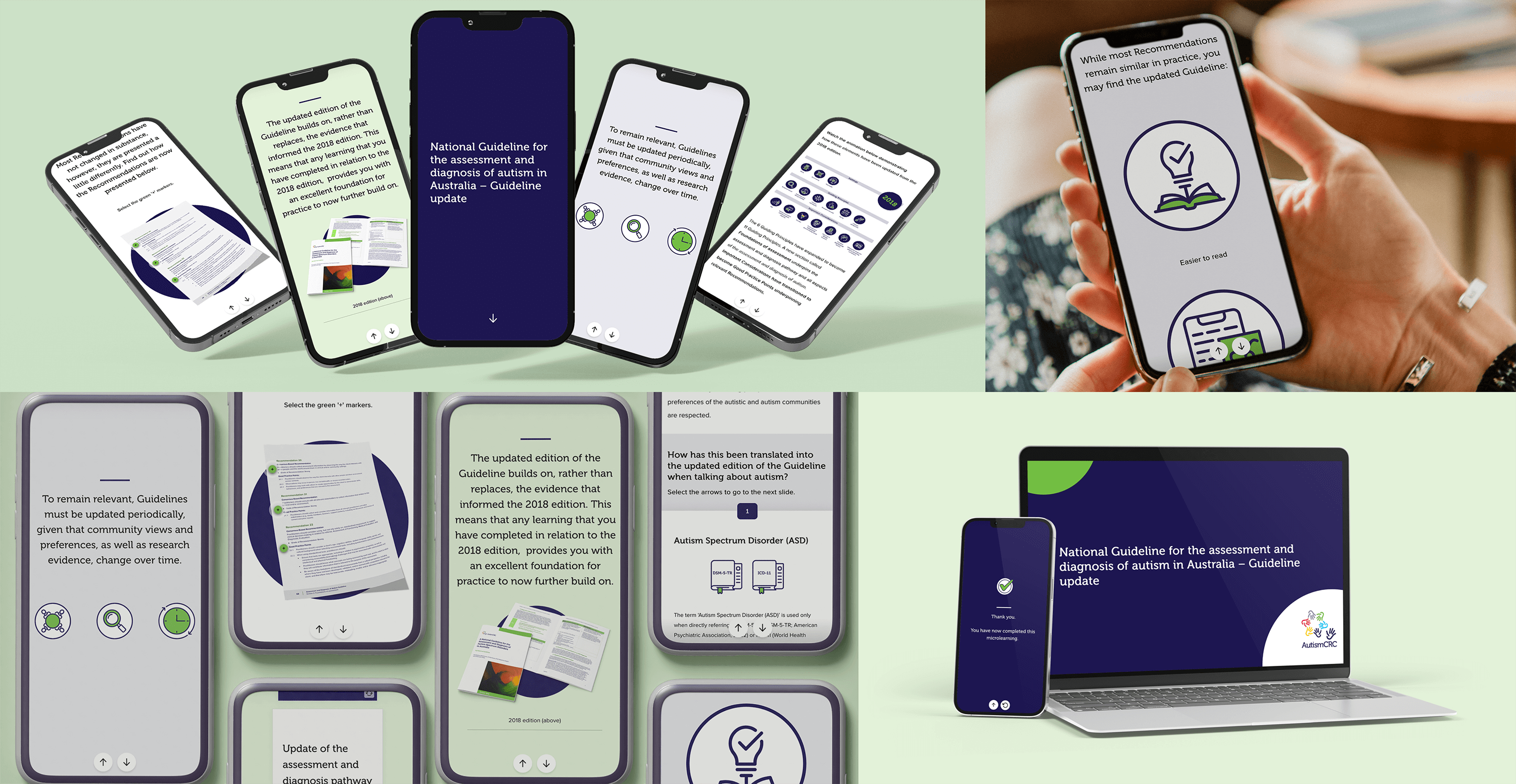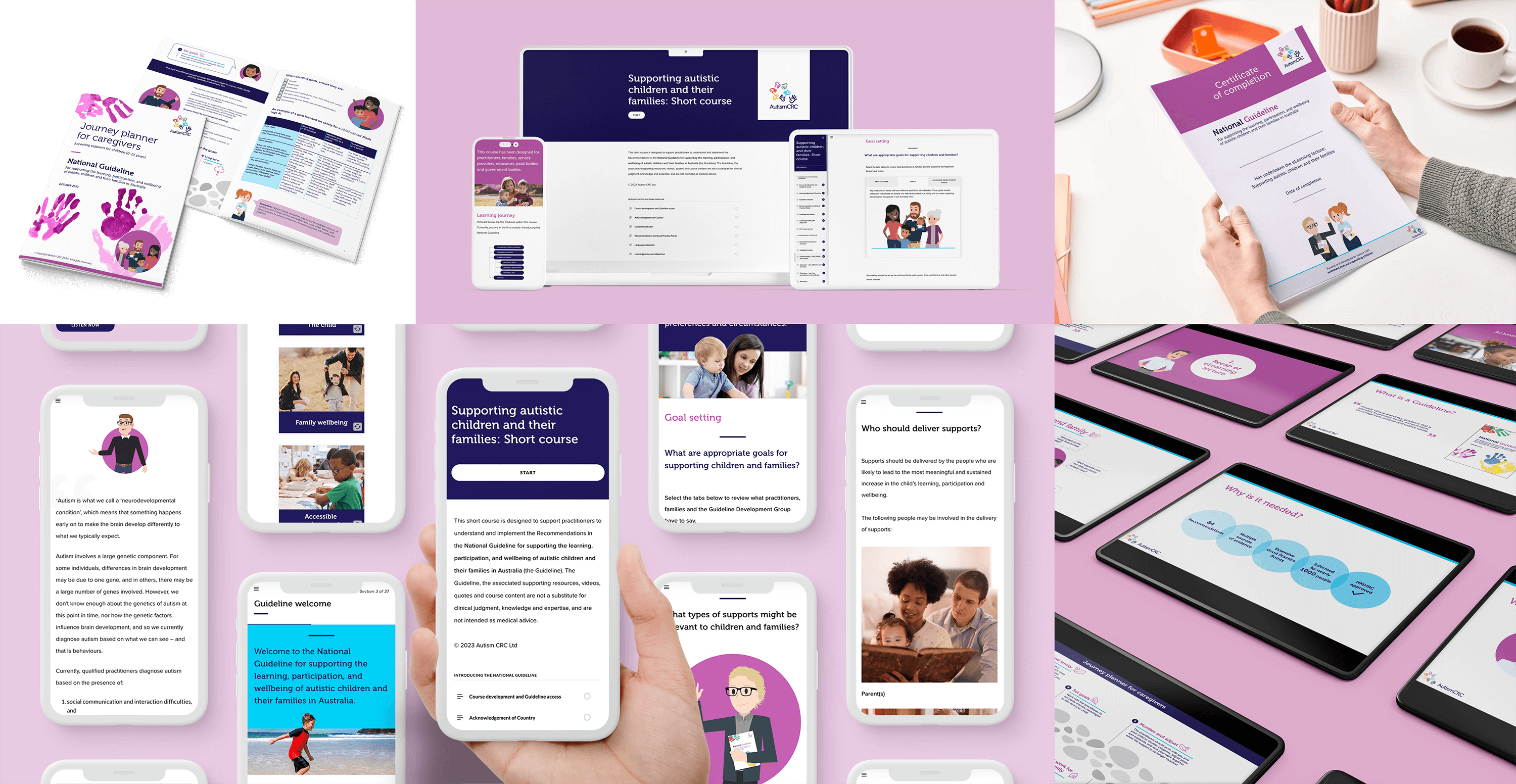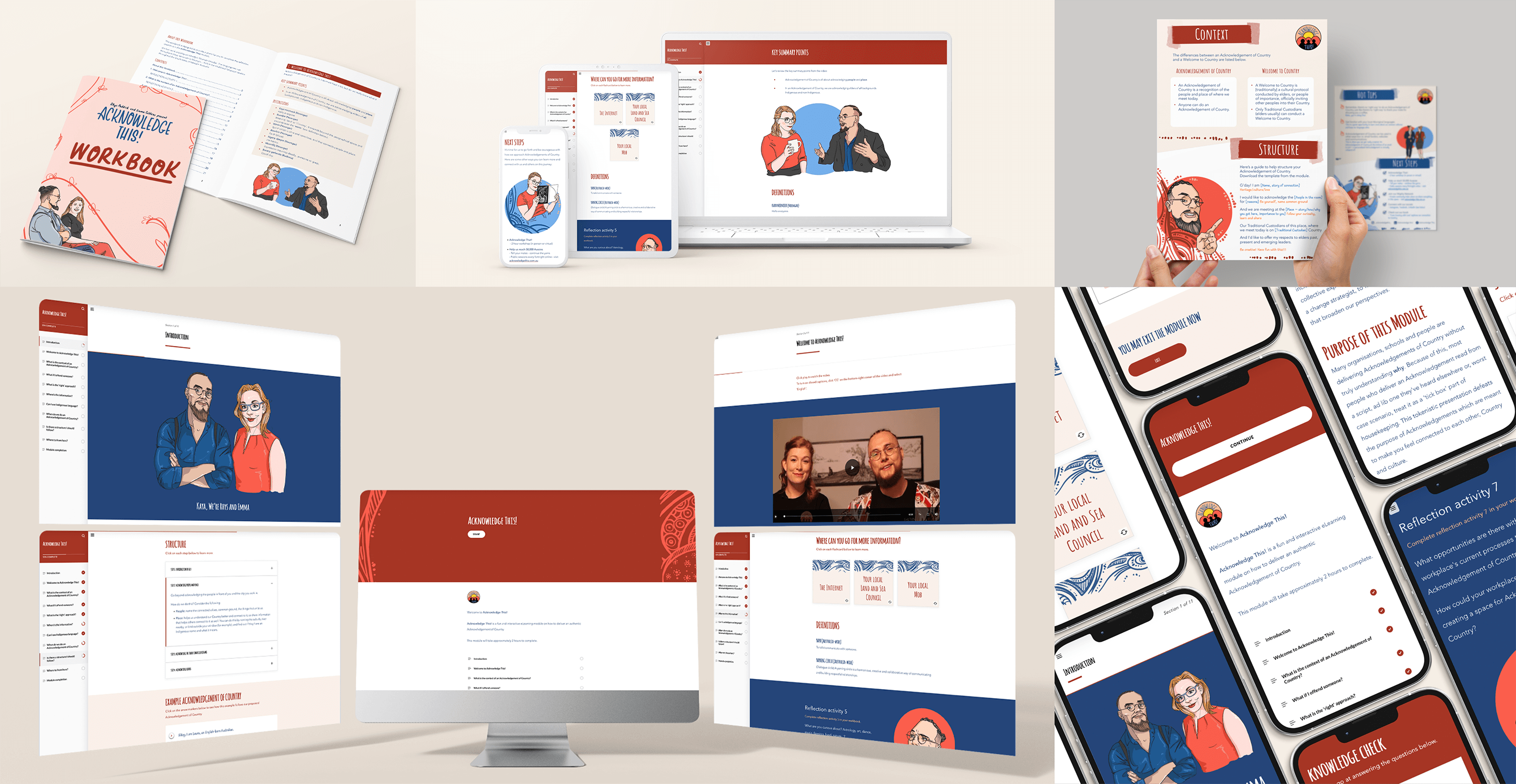Why use storytelling?
Think about the last time you were truly captivated by a presentation or training session. Chances are, it wasn’t because the speaker bombarded you with dry, fact-filled content. No, it was an experience that tugged at your heartstrings, got your imagination firing, and kept you on the edge of your seat, desperate to see what happened next (Callaway, 2019). As legendary screenwriter Robert McKee explains, “Forget about PowerPoint and statistics. To involve people at the deepest level, you need stories” (McKee, 2003).
That, my friend, is the power of storytelling. And as an instructional designer, it’s a superpower we should be harnessing to hook our audience, boost knowledge retention, and leave a lasting impact (Callaway, 2019).
But don’t just take our word for it. Studies show that stories are up to 22 times more memorable than facts alone (Cobb, 2020). Why? Because narratives tap into the human brain’s natural affinity for patterns, emotions, and personal connection. When learners are invested in a character’s journey, they’re far more likely to retain the information and lessons woven into the story. According to McKee, “stories fulfill a profound human need to grasp the patterns of living – not merely as an intellectual exercise, but within a very personal, emotional experience” (McKee, 2003).
Storytelling also has the magical ability to break down complex topics into digestible, relatable chunks. By framing instructions or processes within an engaging narrative, you can help your learners contextualise and apply the material in meaningful ways (Harrington, 2021).
Perhaps most importantly, stories have an unparalleled power to inspire and motivate. When your learners see themselves reflected in the protagonist’s struggles and triumphs, they’re more likely to feel empowered to tackle their own challenges. McKee emphasises that “the best way to persuade people is by uniting an idea with an emotion” (McKee, 2003). So, if you want to create experiences that really drive change, an influential story is the way! It’s not just about filling heads with facts – it’s about lighting a fire under your learners that’ll spark real behaviour change. And let’s face it, that’s the golden ticket to achieving those all-important business outcomes. Master the art of storytelling, and you’re not just designing courses – you’re crafting catalysts for transformation.
So, how can you integrate storytelling in learning design?
Storytelling can be leveraged in a variety of ways to create engaging, impactful eLearning experiences. Here are some ideas to consider:
- Scenario-based learning: Embed your learning objectives within a realistic, narrative-driven scenario. Allow learners to step into the protagonist’s shoes and make decisions that impact the outcome of the story.
- Branching narratives: Create a choose-your-own-adventure style learning experience, where learners’ choices dictate the path of the story and the information they receive.
- Animated explainer videos: Bring complex concepts to life through animated narratives that guide learners through the material in a compelling, visually engaging way.
- Interactive case studies: Present real-world case studies in a narrative format, pausing at key moments to prompt learners to analyse the situation and propose solutions.
- Storytelling simulations: Design immersive, role-play simulations that allow learners to experience firsthand the challenges and decision-making process of the protagonist.
- Reflective journaling: Encourage learners to document their personal connections to the story and how the narrative has impacted their understanding of the material.
- Narrative-driven workshop: Open your workshop by introducing a compelling narrative that connects the content to real-world challenges or the learners’ personal experiences.
- Personalised anecdotes: Share your own personal stories and experiences that illustrate the relevance and importance of the learning objectives. Ensure the moral of the story is clearly explained at the end.
- Guided visualisation: Lead learners through an immersive, guided visualisation exercise that taps into their imagination and emotional responses.
- Asynchronous reflections: Flip it by prompting learners to record videos or written reflections on the narratives they’ve encountered and how they connect to the material. This could be a post-workshop activity to ensure learners are embedding their new insights into their day-to-day.
By weaving storytelling techniques throughout your program, you can create experiences that resonate on a deeper, more meaningful level – captivating your audience and ensuring the lasting impact of your instruction.
OK, now you’re probably itching to start crafting your own captivating stories, right? Well, get ready because we’re about to show you how it’s done.
How to use storytelling in learning
Step 1: Know your audience
Before you can weave an enchanting tale, you need to have a clear understanding of your learners and their needs. Conduct a thorough audience analysis to uncover their pain points, goals, and learning preferences (Cobb, 2020). This intel will be the foundation for your story – the characters, conflicts, and resolutions that will capture their attention and imagination.
Step 2: Define your objectives
Next, get crystal clear on your instructional goals. What specific knowledge, skills, or behaviours do you want your learners to walk away with? Keep these in mind as you start sketching out your narrative – you want to ensure your story aligns perfectly with the desired learning outcomes.
Step 3: Start storyboarding
Alright, time to get those creative juices flowing. Grab a pen and paper (or your trusty digital storyboarding tool) and start crafting your narrative arc. Begin by introducing your main character – your learner. What are their struggles, desires, and motivations? Paint a vivid picture that allows your audience to see themselves in the protagonist’s shoes (Harrington, 2021).
Then, set the stage for the conflict. What’s the challenge or problem your learner needs to overcome? This is where you can incorporate your instructional objectives – positioning them as the key to solving the character’s dilemma. As McKee notes, “the energy to live comes from the dark side” (McKee, 2003) – by embracing the darkness and acknowledging the challenges, your story will feel authentic and resonate on a deeper level.
Don’t forget to sprinkle in some plot twists and surprises along the way. Humans are hardwired to be captivated by the unexpected, so throw in a few curveballs to keep your learners on the edge of their seats.
Finally, deliver a satisfying resolution. Your learner should emerge from the story feeling empowered, equipped, and eager to apply their newfound knowledge and skills. Leave them with a sense of achievement and optimism about their ability to conquer future obstacles.
Step 4: Bring it to life
With your narrative blueprint in hand, it’s time to unleash your multimedia superpowers. Start by casting your characters – real-life actors, illustrated avatars, or animated personas – and crafting your virtual environments to transport learners to the time and place of the story (Callaway, 2019).
Don’t forget the soundtrack! Music and sound effects can heighten the emotional impact of your story, evoking feelings of suspense, triumph, or serenity at just the right moments. Just be sure to keep it balanced – you don’t want to overwhelm your learners with sensory overload.
Finally, sprinkle in some interactive moments to keep your audience engaged. Branching scenarios, decision-making activities, and knowledge checks can all be seamlessly woven into your narrative, allowing learners to actively participate in the unfolding story.
Wrapping up
By crafting narratives that resonate with your learners, you can create courses that don’t just inform, but inspire and transform. The key is striking that perfect balance between story and substance, ensuring your narrative enhances rather than overshadows the learning objectives.
Embrace the dark side, ditch the dry facts, and watch your audience come alive.
References
Callaway, S. K. (2019). The power of storytelling in eLearning. Journal of Educational Technology Systems, 47(4), 523-541. https://doi.org/10.1177/0047239519834597
Cobb, S. C. (2020). Leveraging the science of storytelling in instructional design. Performance Improvement, 59(2), 6-13. https://doi.org/10.1002/pfi.21884
Harrington, C. (2021). Narrative-centered learning: Leveraging the power of storytelling in eLearning. International Journal of Information and Learning Technology, 38(2), 123-135. https://doi.org/10.1108/IJILT-08-2020-0115
McKee, R. (2003). Storytelling That Moves People. Harvard Business Review, 81(6), 51-55.
OUR WORK

